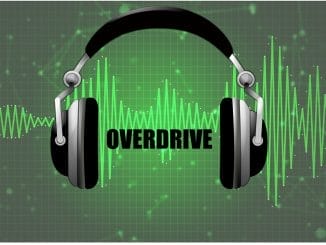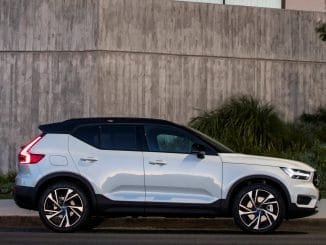Hello and welcome to Overdrive, a program that relishes all sorts of information and experiences in the world of motoring and transport. Lets start with the news.
Overdrive News
- Govt raised $7.1 Million with Mobile Phone Detection Cameras (1:43)
- Australians concerned about hygiene on public transport (2:36)
- Clean is the new safety paradigm for AV development (3:35)
- Renault van – safety for essential workers (4:34)
- Zero emission ambulance (5:34)
Overdrive Interviews
- Brian Smith has bought a cargo electric push bike. He is not diversifying from a highly respect transport planner to Uber eats deliveries but his story is still important (6:37)
- We hear how one company is adjusting to lockdowns and what it means for transport in general (13:35)
Quirky News – Overdrive
- The first in a series on what master artist pictures should you have on the side of your van. (20:41)
More Than $7.1 Million In Fines Issued By Mobile Phone Detection Cameras In NSW
NSW has implemented technology to catch people using their mobile phone while driving. Is it working?.
Mobile phone detection cameras in NSW have raised $7.1 million in fines in the two months since they were introduced. 11,800 were caught in March but this dropped by nearly 24% in April. So they are catching offenders but April has also seen a significant drop in traffic so while they are catching offenders it seems the message is not getting through yet.
Detection cameras are not the only way to get caught. In the same period some 1,200 fines were issued by highway patrol or general duty police officers.
The government aims to get over 300 installed but they won’t tell you where they are.
Survey finds majority of Australians concerned about hygiene on public transport
When times are good, we often forget about the need for in-depth research. COVID-19 should make us all think again.
A survey by Sydney University’s Institute of Transport and Logistics Studies, indicates that over 80 percent of respondents are concerned about hygiene on public transport.
Professor David Hensher, Director of ITLS said that “COVID-19 has created disruption to travel and activities unlike anything we’ve seen since World War II,”.
Before the pandemic, weekly household trips averaged 24 per week but dropped by over 50 percent to 11 each week.
The number of people working zero days from home unsurprisingly fell from 71 to 39 percent over the two week period, while the number of people working five days a week from home increased from 7 to 30 percent.
Clean is the new safety paradigm for AV development
Before the pandemic, the factors we considered with transport were usually time distance and cost. This is now out the window
The new technologies that were meant to pave the way to a better future, such as autonomous vehicles, ride sharing, dial up public transport services are facing a new challenge.
Just how clean are they.
This was always an issue with dirt and rubbish but now there is the life-threatening possibility of COVID-19.
Mobility as a service has, as its basis, less personal ownership and more vehicle sharing, at times it might even include a bicycle. Who’s going to disinfect them each time?
And new technologies need money to develop. Reports suggest that some venture-capital firms are having doubts that AVs and their enabling technologies are worth the risk in the short-to-medium-term.
Renault van – a safety feature
Transporting freight usually has a rough and tough industry image. But COVID-119 has raised the profile of drivers and other employees. This must include vehicle safety and comfort features.
We have been testing the Renault Master large delivery van.
One of the great safety features is that they have a full barrier between the cargo area and the front driver and passengers. This not only stops items being thrown forward as dangerous projectiles, but the immediately obvious benefit was that it made the cabin much quieter.
Cargo areas, especially when empty, act like echo chambers creating a tiring, even distressing, drumming noise for the driver.
We had the six-speed manual but again its ease of operation reduced stress.
There has been an ongoing push to make SUVs and utes more comfortable but fleet managers are increasing aware of comfort for these essential workers.
Nissan zero-emission ambulance becomes part of ‘zero-emission Tokyo’ initiative
Green friendly vehicles are now appearing in a range of functions. Some emergency services are showing the way.
The Tokyo Fire Department now has an all-electric powered ambulance based on the Nissan NV400 Zero Emission vehicle.
As well as reducing local pollution, the noise and vibration levels are significantly lower in comparison with a traditional petrol-powered vehicle, helping reduce the negative impact on patients as well as on staff handling sensitive equipment.
The ambulance can also turn into a mobile source of power in case of a power outage or natural disaster. The fire department has used Nissan Leaf sedans as a power source in the past.
It weighs 3.5 tons and can take 7 passengers and crew.
It has a modest power output of 55 kilowatts; and max torque of 220 Nm.
You can find more information at Driven Media or previous programs are available as podcasts on iTunes or Spotify. OR our Facebook site OverdriveCity
Originally broadcast 23 May 2020 across Community Broadcasting Association of Australia (CBAA) and Torque Radio affiliated commercial radio channels.









